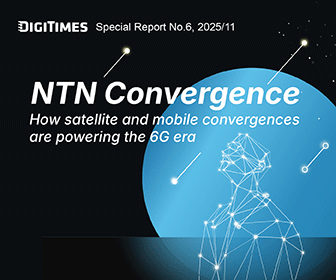Innovative Optical and Wireless Network (IOWN), an initiative for all-photonics communication infrastructure led by Japanese telecom company NTT, has gained the attention of Japan's Ministry of Defense. Back in August 2023, the Ministry of Defense established a committee to promote the utilization of next-generation communication technology and began to look into IOWN. A dedicated research institution is expected to be set up in 2024, followed by a procurement budget in 2025, making the Defense Ministry a potential major adopter of IOWN.
With IOWN offering data transmission speeds 125 times faster than 5G, it naturally draws attention from the military: when it comes to drone warfare, for instance, IOWN boosts the image quality of drone footage while enabling a 100-fold reduction in power consumption, thus extending drone operational time. With data transmission delays reduced by 200 times, it also allows real-time strikes. Optical communication is also more resistant to interference as electromagnetic warfare becomes increasingly decisive on the Ukrainian battlefield.
Therefore, according to Nikkei, after the establishment of the committee to promote next-generation communication technology, Japan's Defense Ministry subsequently conducted a technical review of IOWN, before determining and verifying how it could be deployed for military applications and fit into Japan's defense concept. Meetings with Japanese communication, drone, and space-related companies followed in September 2023.
As indicated by Nikkei, the Ministry of Defense identified four directions for IOWN defense applications: 1) operating a large number of different types of drones simultaneously; 2) enabling real-time sharing of reconnaissance results across more than 10,000 users; 3) enhancing military and national information warfare capabilities; 4) developing equipment and tactics using virtual reality (VR) technology to reduce time and cost.
With the general directions established in early 2024, Japan's Ministry of Defense will establish a dual-use technology research institution in Tokyo, propose a budget for introducing IOWN-related technologies, and provide a new system to ensure necessary technical research and services for companies, ensuring that relevant technologies can develop on schedule. Funding will begin in 2025 under a new law.




